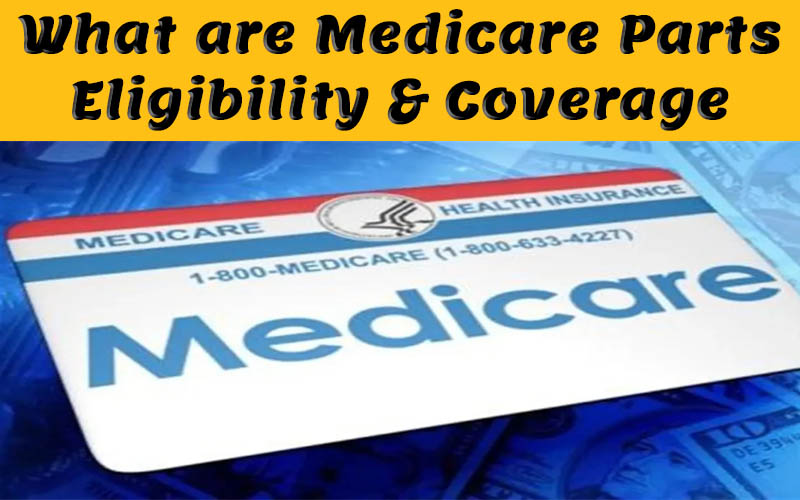Explore the Trump tariffs impact on businesses, as increased costs and uncertainty threaten economic stability. Discover key insights and future implications.

The imposition of tariffs by President Donald Trump is sparking widespread concern among businesses and economists alike, leading to growing sentiments that these tariffs represent “simply bad business.” With a minimum 10% tax on U.S. imports and even higher rates targeting specific countries, many are asking: what does this mean for the American economy, businesses, and consumers?
Read Also – 👉👉U.S. Tariffs: Global Trade Implications that Could Shake Markets👈👈
Background and Context of Tariffs
Understanding Tariffs: Why Now?
President Trump’s tariffs are part of a broader strategy to counter perceived trade imbalances and ensure that trade practices between nations are more reciprocal. He believes that the U.S. is being taken advantage of by countries imposing unfair trade barriers and practices that hurt American businesses. By invoking the International Emergency Economic Powers Act, Trump aims to correct these perceived disparities. However, many businesses and economists argue that these tariffs could do more harm than good, leading to increased costs for consumers and placing significant burdens on businesses across sectors.
A Closer Look at Tariff Implementation
The tariffs formally took effect on April 5, 2025, marking a considerable expansion of trade measures that are not just limited to a few sectors but encompass virtually all U.S. imports. The initial rate set at 10% will apply to imports from all countries, with higher rates targeting specific nations. This sweeping imposition suggests that the administration is serious about reshaping international trade dynamics, yet the broader implications are leaving large businesses, particularly those that rely on imports, feeling uneasy. The stakes are high, with projections indicating possible revenue exceeding $5.2 trillion over a decade, contrasting sharply with the anticipated cost burden on average American households.

Read Also – 👉👉Tesla Stock Decline Analysis: Understanding the 40% Plunge Amid Tariffs and Crisis👈👈
Key Developments and Economic Impact
Impacts of the Tariffs: A Double-Edged Sword
- Rising Costs: Businesses are facing skyrocketing import costs, which they may have to pass on to consumers.
- Investment Uncertainty: Many firms are delaying investments due to the lack of clarity surrounding future tariff implications.
- Job Loss Risks: The economic slowdown could hinder job growth and wage increases, particularly impacting lower-income families.
- Trade Wars: Retaliatory tariffs from other nations are already in place, affecting U.S. exports and further complicating the trade landscape.

Read Also – 👉👉SCHD ETF Dividend Investing: The Top Dividend Player Poised for 20%+ Annualized Returns👈👈
Expert Opinions and Market Reactions
Voices of Concern from Economists
Economists are voicing alarm over the long-term consequences of the tariffs, which they believe fail to address underlying issues like currency manipulation. Many experts argue that instead of fostering fairness, these tariffs could lead to widening economic disparities, particularly affecting low-income households that spend a larger portion of their budgets on imported goods. Small businesses are especially vocal about their struggles, expressing fears that these tariffs could force them to close their doors if relief is not provided soon.
Corporate Reactions: Preparing for Uncertainty
In response to the changing landscape, many corporations are adjusting their strategies. Larger companies that can navigate the complex supply chains may adapt better than smaller firms. However, many fear that the added costs will make them less competitive in a global market. Executives are urging for clarity regarding future trade policies, emphasizing the need for stable economic conditions to encourage investment and job creation. They contend that ongoing trade tensions and tariffs could drive businesses to seek alternatives outside the U.S., further exacerbating issues in domestic job markets.

Read Also – 👉👉Gold Price Surge 2024: Soars to Unprecedented Heights Above $3,000!👈👈
Future Implications of Trump’s Tariffs
Looking Ahead: Potential Outcomes
- Economic Downturn: Projections indicate that tariffs could reduce U.S. GDP significantly, illustrating a potential backlash to Trump’s trade strategy.
- Policy Shifts: Should the economic fallout exceed anticipations, this could lead to negotiations for new international trade agreements.
- Changing Trade Routes: Persistent trade tensions could encourage countries to form new alliances, thus reshaping the global trade map.

Read Also – 👉👉Oil Price Decline Factors: 5 Key Reasons for the Recent Crash👈👈
Conclusion
In conclusion, the effect of Trump’s tariffs on businesses is a multifaceted issue that brings to light significant challenges within U.S. economic policies. While designed to recalibrate what he perceives as unfavorable trade practices, these tariffs are casting a long shadow over American industries and consumers alike. With rising costs and a demand for relief, businesses are at a pivotal point as they navigate uncertainties in a drastically altered trading landscape. The future remains unpredictable, urging us to carefully monitor how these tariffs will influence not just U.S. businesses but the global economy as well.
FAQs
What are the specific tariff rates being imposed?
Tariffs have been set at a minimum rate of 10% on all imports with specific rates ranging from 11% to 50% targeted at 57 countries. This broad application marks a significant escalation in tariff strategy, and while the primary goal is to address trade imbalances, the immediate effect is an increased cost for nearly all imported goods. The aim is to maintain these tariffs until the underlying non-reciprocal treatment from trade practices is resolved.
How do these tariffs affect consumers directly?
Consumers are likely to feel the impact of the tariffs in the form of higher prices for everyday products. Reports suggest households might incur additional costs of approximately $5,200 per year due to these tariffs. Everyday items, including electronics and vehicles, will see price increases, making financial strain felt across income levels, especially for lower and middle-income families. The escalated costs could alter consumer spending habits, further affecting economic activity.
What should businesses do to adapt to these tariffs?
Businesses must adopt proactive strategies to counter the impact of tariffs. Companies are encouraged to assess their supply chains for efficiency, consider sourcing materials from domestic suppliers, and explore alternative market options. Keeping abreast of tariff changes and engaging in advocacy for fair trade policies may also help mitigate the potential economic fallout. Strategic adaptations and investments in innovation could be critical to navigating the uncertainties created by the tariff landscape.
Related Videos
Read Also –
This article serves informational purposes only and does not constitute financial advice. Businesses should consult with financial advisors regarding potential impacts of tariffs on their operations.
Read Also –
| https://budgetmodel.wharton.upenn.edu/issues/2025/4/10/economic-effects-of-president-trumps-tariffs |
| https://taxfoundation.org/research/all/federal/trump-tariffs-trade-war/ |
Hey! I hope you enjoyed reading this! If you did, could you do me a small favor and hit the like button? It would mean a lot to me and help me reach more people. Thank you so much! Got any thoughts on this post? Drop them in the comments below!
How many stars would you give for my effort?





